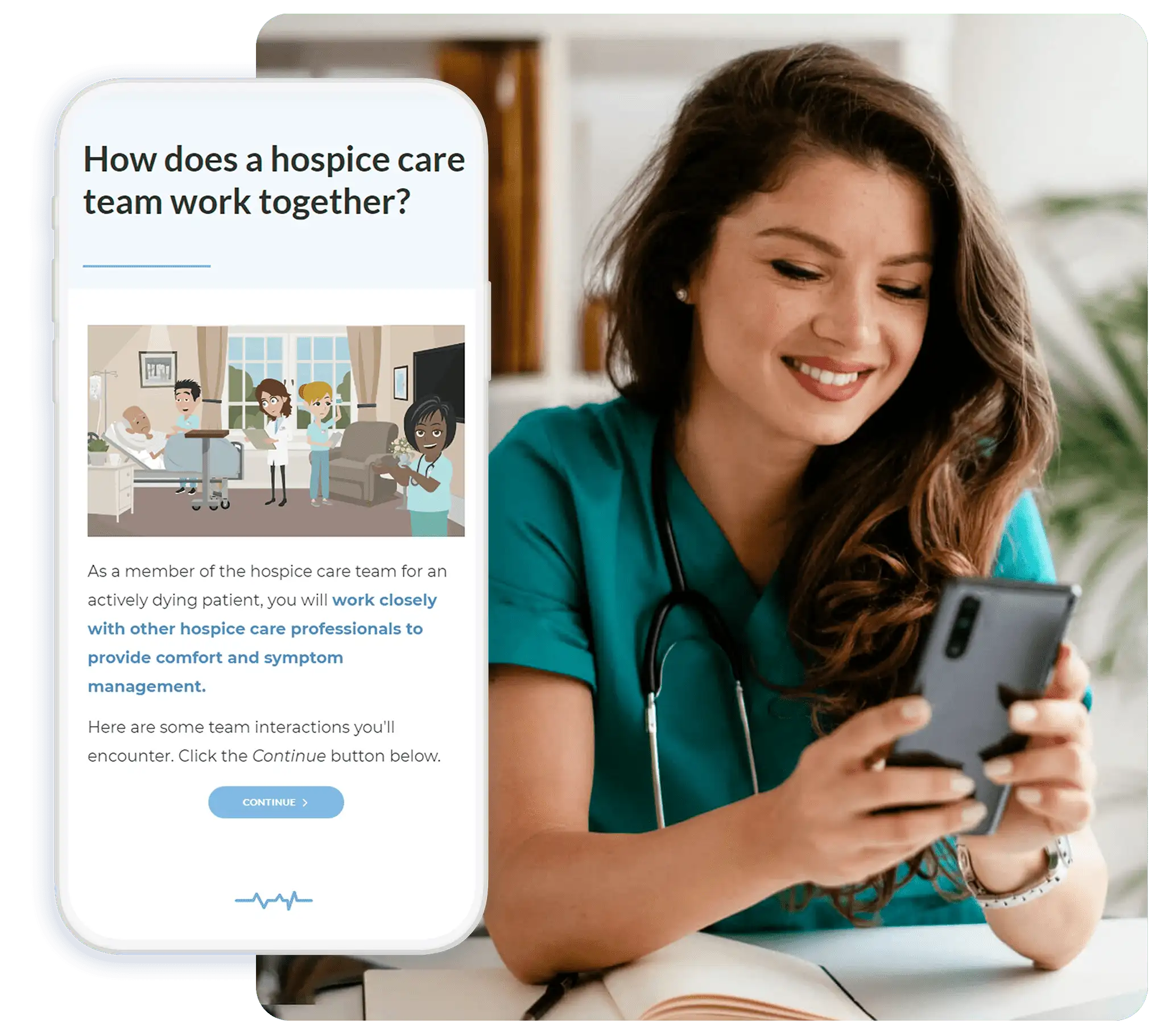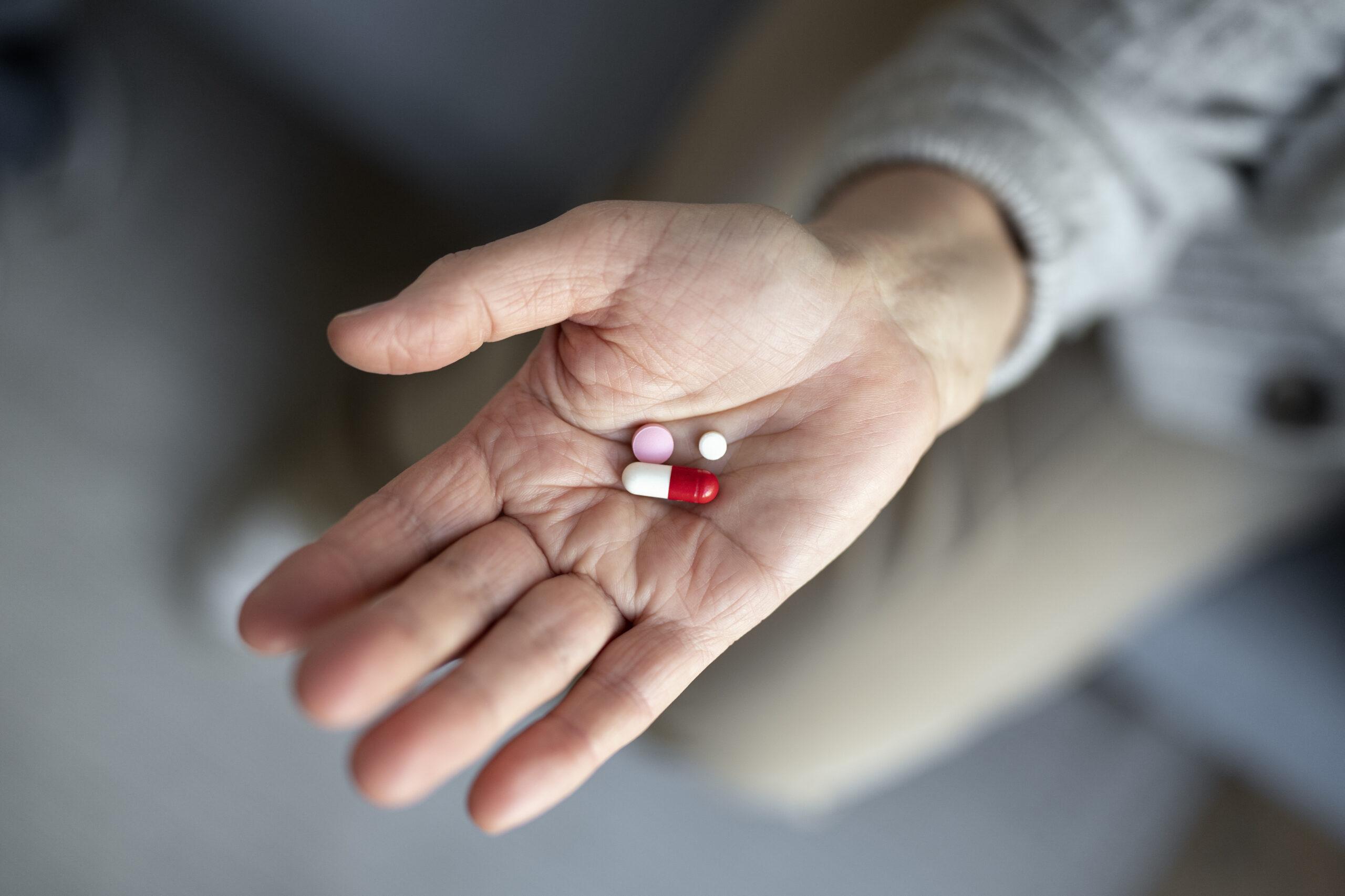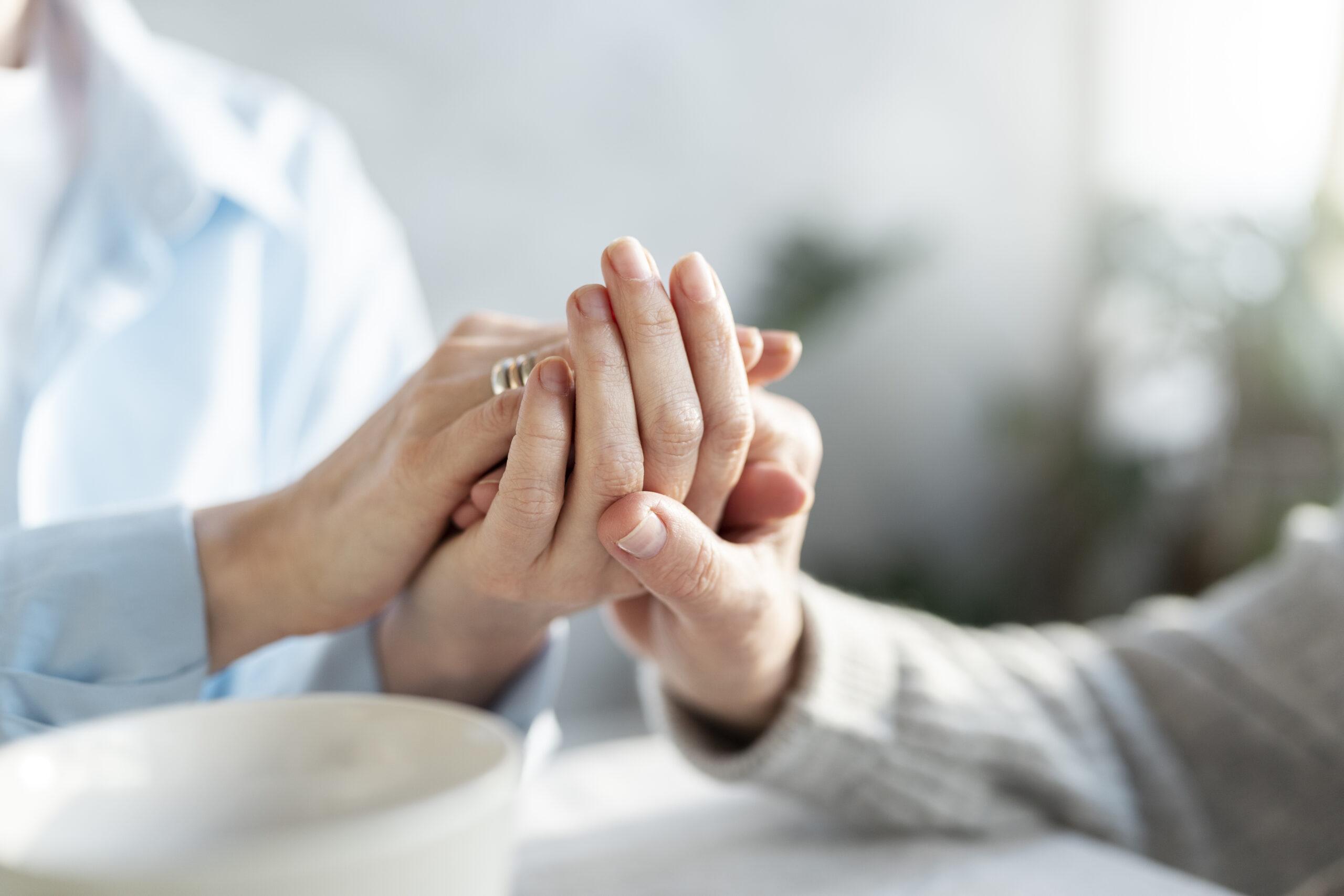A Guide to Excessive Respiratory Secretion in Hospice
Excessive respiratory secretions are common in hospice care, causing discomfort for patients and caregivers alike. In this article, we will explore the causes, assessment, and treatment of excessive secretions to provide relief for all involved.

Causes of Excessive Secretions in Hospice
Fluid Overload – Various factors, including fluid overload in the body, can cause end-of-life mucus secretions. This may result from intravenous fluids, tube feedings, or oral intake.
Disease and Infection – Underlying diseases like renal failure can also contribute to excessive secretions. Infections in the oral cavity or respiratory system may also cause secretions to increase.
Positioning – The positioning of the patient can affect secretions. Lying flat or with the head of the bed elevated may result in the pooling of oral secretions and difficulty clearing them.
Assessing Excessive Secretions in Hospice
History and Onset – Consider the patient’s medical history and the onset of secretions. Determine if any precipitating or relieving factors are present and whether the secretions are acute or chronic.
Medications and Associated Symptoms – Examine the patient’s medications and any potential reactions. Look for associated symptoms, such as difficulty breathing, sleep disturbances, and psychosocial or spiritual concerns.
Physical Exam – Perform a thorough physical exam, focusing on the patient’s appearance, cardiopulmonary system, oral cavity, and skin turgor. Assess the color and consistency of the mucus secretions and check for signs of infection.

CONTINUA LEARNING
Simplify Your Hospice Team’s Training and Skill Building
A complete solution for your agency: more than 125 hospice courses, caregiver in-services, training plans, and more.
Non-Pharmacological Interventions for End-of-Life Secretions
Positioning and Oral Care – Ensure the patient is positioned appropriately to help manage secretions. Provide regular oral care to maintain a clean and comfortable environment.
Distraction Techniques – Help distract the patient from respiratory sounds by using soft music or background noise.

Medication for Secretions
Hyoscyamine (Levsin®) – Administer hyoscyamine tablets or drops (0.125-0.25 mg) orally or sublingually every four hours as needed.
Scopolamine Transdermal (Transderm-Scop®) – Apply one to two scopolamine patches behind the ear every 72 hours.
Atropine – Give atropine injections (0.3 mg) subcutaneously every four hours as needed, with a maximum of 1.2 mg every four hours.
Glycopyrrolate (Robinul®) – Administer glycopyrrolate (1-2 mg) orally or sublingually every four hours.
Ongoing Evaluation and Collaboration for Excessive Secretions
Evaluate and document the patient’s symptoms at each visit until they are resolved. Consider discontinuing medications as symptoms improve. Collaborate with psychosocial and spiritual professionals to ensure that the most effective combination of non-pharmacological and pharmacological interventions is utilized to manage excessive secretions in hospice care.

Ongoing Management of End of Life Secretions
Focus on maintaining patient comfort and providing reassurance to caregivers. In addition to the previously mentioned pharmacological and non-pharmacological interventions, consider the following:
Suctioning – Use suctioning only when necessary and when upper airway secretions are accessible. Over-suctioning can cause discomfort and may not be effective in managing secretions.
Humidification – Consider using a humidifier to help moisten the air and make breathing easier for the patient.
Palliative Care Consultation – Involve a palliative care specialist if available. They can provide additional guidance on managing secretions during the end-of-life phase.
Addressing Caregiver Concerns and Providing Support
Managing excessive secretions in hospice care can be challenging for caregivers. It’s essential to address their concerns and provide support to ensure the best care possible for the patient.
Education and Communication – Educate caregivers about the causes and management of excessive secretions. Encourage open communication about their concerns and any changes they observe in the patient’s condition.
Coping Strategies – Help hospice caregivers develop coping strategies to deal with the emotional challenges of providing hospice care. Encourage self-care and provide resources for counseling or support groups.
Collaborative Care – Foster a collaborative approach to care by involving the entire hospice team, including nurses, aides, managers, and other healthcare professionals. This collaboration ensures that everyone is working together to provide the best possible care for the patient.
Conclusion
Excessive respiratory secretions can be challenging to manage in hospice care, but understanding their causes, prevention, and treatment options is crucial for relief and comfort. Collaborative care, effective communication, and ongoing evaluation are essential to addressing this issue. By implementing the strategies discussed in this article, healthcare professionals can better support patients and caregivers in managing excessive secretions and ensuring the best possible quality of life during hospice care.
FAQ
How long do end-of-life secretions last?
End-of-life secretions, commonly known as “death rattle,” can last anywhere from a few hours to a few days before death. The duration varies based on the patient’s medical condition, hydration status, and the effectiveness of any interventions used to manage these secretions.
Why do secretions increase at the end of life?
Secretions increase at the end of life primarily due to the body’s decreased ability to clear fluids and the weakening of muscles involved in swallowing. Body systems become less efficient at the end of life, leading to a buildup of secretions in the throat and lungs. Secretions are a natural part of the dying process. While distressing for loved ones, it typically does not cause discomfort for the dying person.
What does hospice use to dry up secretions?
Hospice care often uses anticholinergic medications, such as hyoscine butylbromide (Buscopan), glycopyrrolate, and Hyoscyamine (Levsin®) to dry up secretions in patients experiencing excessive mucus or saliva. These drugs reduce the production of secretions and alleviate symptoms, thus improving patient comfort in their final days.
What causes brown secretions from the mouth when dying?
Brown secretions from the mouth when nearing the end of life are usually a result of pooled oral and respiratory secretions. This can be managed with end-of-life care using anti-secretion medication to provide relief and preserve dignity.
How do medications like hyoscyamine work to dry up lung secretions?
Hyoscyamine and similar anticholinergic medications reduce respiratory secretions by inhibiting the glands responsible for mucus production. They are often used in end-of-life secretions treatment to ease breathing.
What are common end-of-life secretions medications?
End-of-life care often includes medication such as scopolamine patches, hyoscyamine, or atropine drops. These medications dry up excessive secretions, providing comfort to the patient.
How can end-of-life secretions be effectively treated?
Effective treatment of end-of-life secretions may involve medications such as scopolamine or hyoscyamine, suctioning techniques, and ensuring the patient is in a position that helps drain the secretions under the guidance of health care providers.
What are secretion end-of-life management strategies?
Management strategies for secretions at the end of life focus on providing patient comfort and may include:
- The use of medication.
- Positioning the patient to aid secretion drainage.
- Use gentle suction if needed.
What role does the scopolamine patch play in hospice care?
Scopolamine patches are used in hospice care to alleviate discomfort from copious secretions. They provide a steady release of medication that decreases mucus production in the airways.
Can medication reduce the distress of secretions when dying?
Yes, medication can significantly ease the distress caused by secretions when dying. Medications like scopolamine and hyoscyamine are frequently prescribed to reduce and manage mucus buildup.
What approach helps reduce tracheostomy secretions?
Frequent suctioning, ensuring adequate hydration, and using medications that limit mucus production can be effective in reducing tracheostomy secretions. Each method contributes to maintaining clear airways and patient comfort.
Why do increased secretions occur in tracheostomy patients?
Increased secretions in tracheostomy patients can occur due to inflammation, infection, or as a natural response to the presence of a foreign body. Medications and regular suctioning can help manage these secretions.
What medications are helpful for excessive secretions?
Medications such as anticholinergics, including scopolamine and hyoscyamine, effectively manage excessive secretions by drying up saliva and bronchial mucus.
What is the purpose of a scopolamine patch for secretions in hospice patients?
The scopolamine patch is a transdermal system used in hospice care that helps dry up secretions, thus providing relief for patients from the discomfort associated with excessive mucus.
Does hyoscyamine effectively manage excessive secretions?
Hyoscyamine is an anticholinergic drug that effectively manages excessive secretions by reducing mucus production in the respiratory tract, which is particularly helpful in end-of-life care.
References
Clinical Practice Guidelines: The Hospice of the Florida Suncoast (2008).
Grauer P, Shuster J & McCrate-Protus B. (2008). Palliative Care Consultant: A reference guide for palliative care 3RDed. Kendall/Hunt publishing Co.
Storey, P., Knight, C.F. & Schonwetter, R.S. (2003). Pocket Guide to Hospice/Palliative Medicine. AAHPM:Chicago
If you found this article informative and useful share it with your friends and colleagues.
